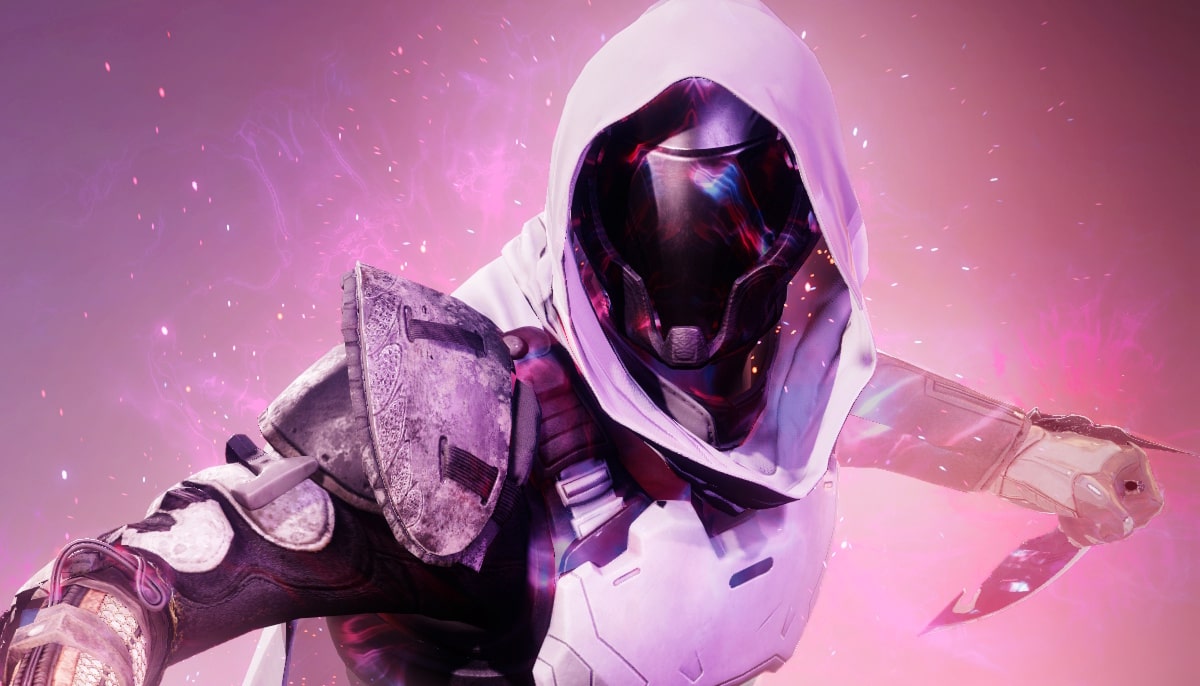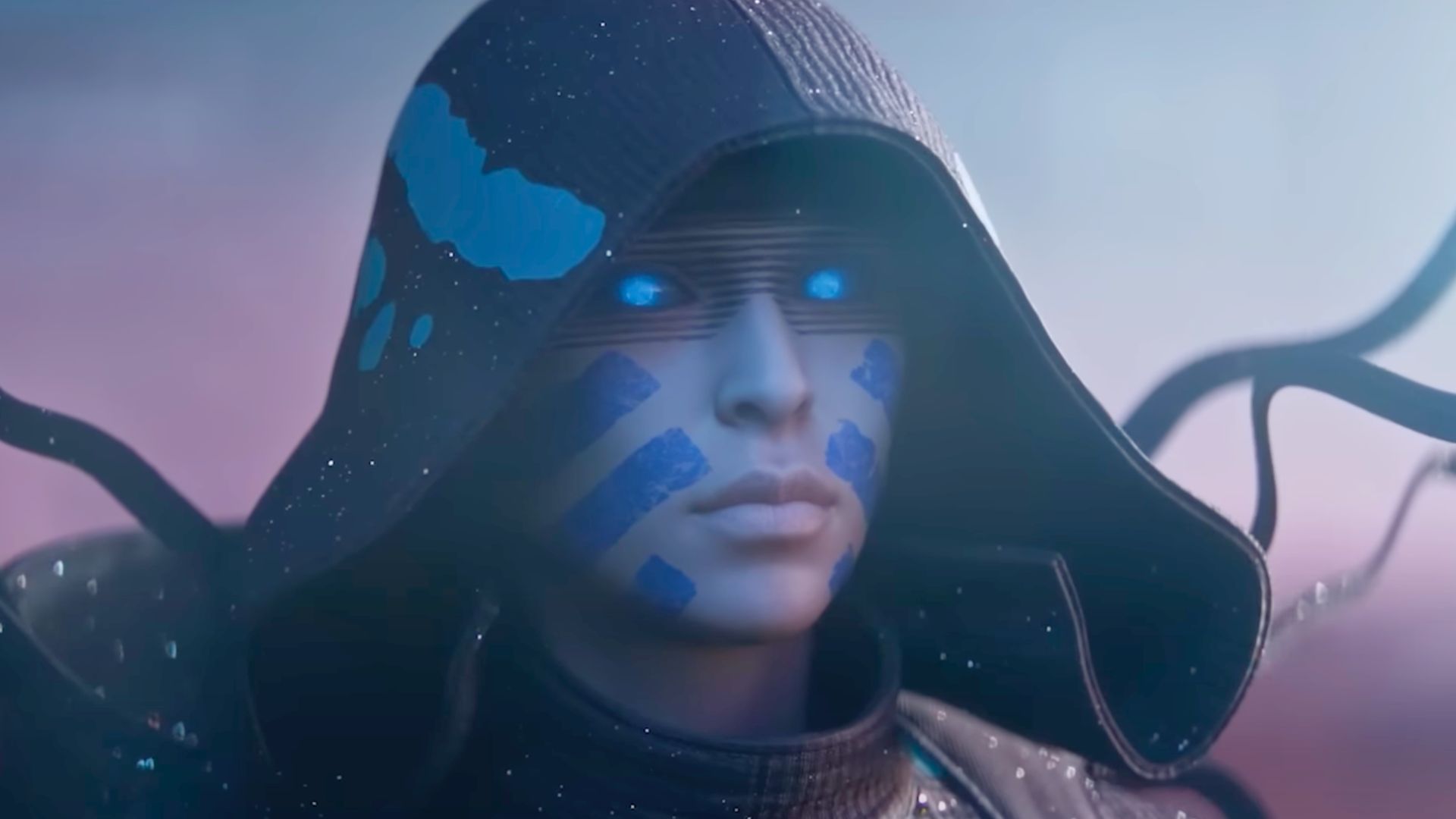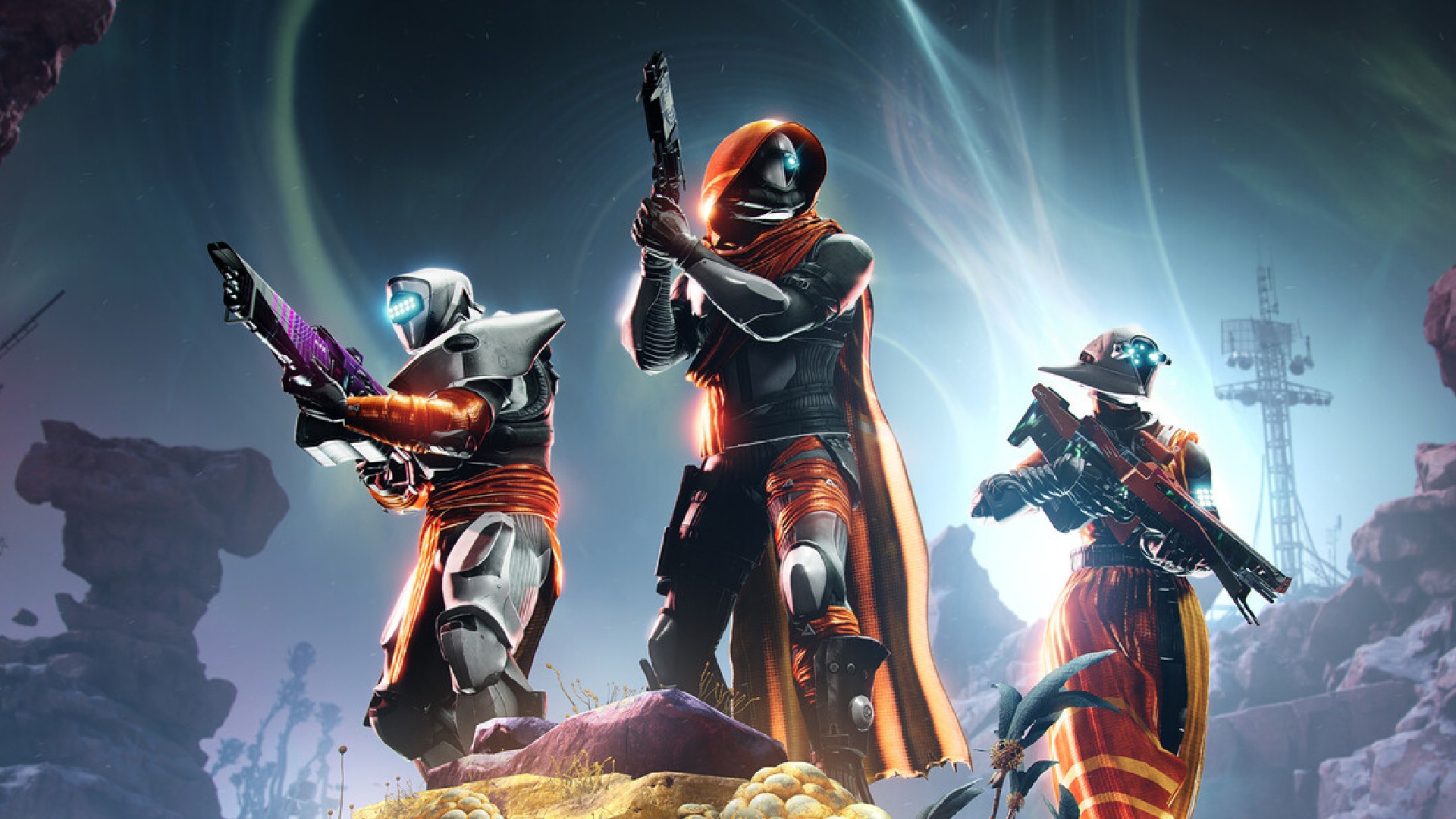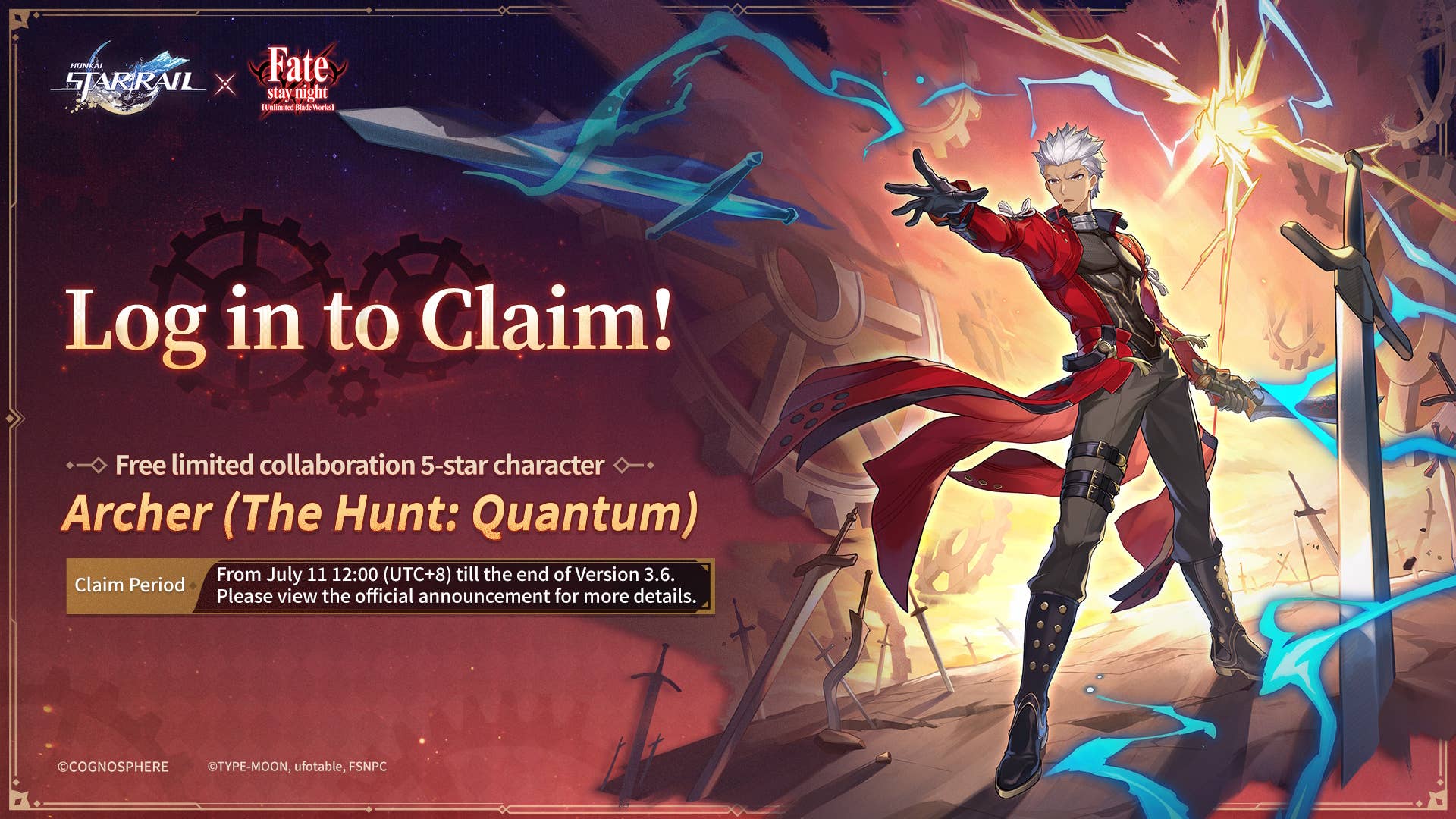Destiny 2 didn’t make things easy for Hunter mains over the last year or so, but The Edge of Fate changes that with one meta build standing out thanks to the absurd levels of survivability it offers. This game-changing loadout has been made possible by the new armor tiers, which have been introduced in the new expansion, introducing a range of powerful effects.
The trade-off is that with buildcrafting being more complex than ever, it’s also more difficult to figure out what you should be using. So many systems have changed in The Edge of Fate, it can be a little overwhelming. To help you out, we’ve broken down the specifics of a build that excels in everything from entry-level content to the toughest Mythic missions.
The Escapist recaps
- Destiny 2: The Edge of Fate released on July 15th, 2025.
- The expansion kicks off a new saga for Destiny narrative, called ‘the Fate Saga’.
- Hunters has always been the nimble Guardians, able to do massive damage and jump around the battlefield in order to avoid damage
- While perhaps not as strong as Titans currently, there are still many viable Hunter builds that are well worth your time to consider.
- Last year, Prismatic released, which takes elements from all subclasses and mixes them. Since then, it’s been very meta across all three classes.
Best Destiny 2 Prismatic Hunter Build: Liar’s Handshake
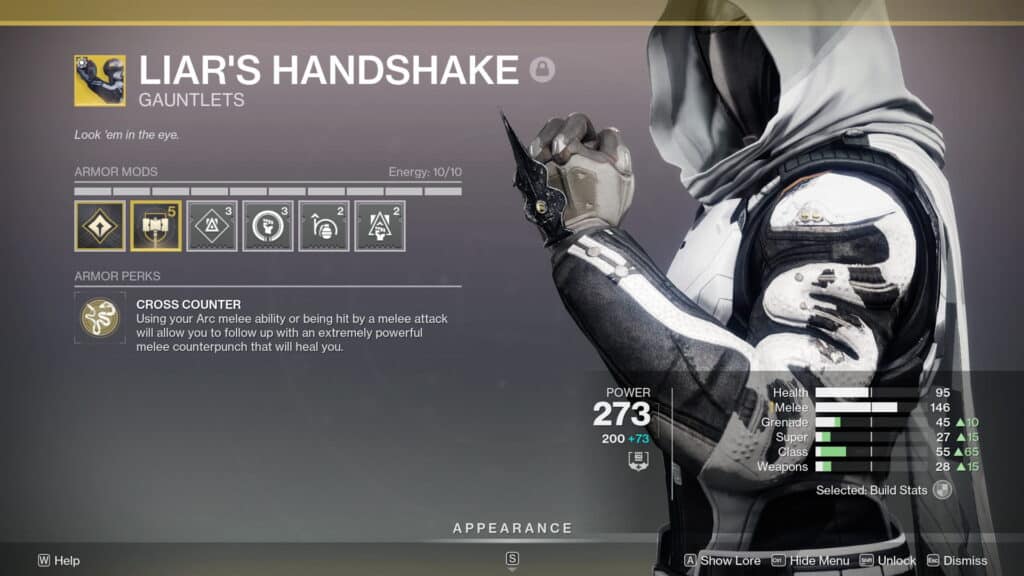
One of the biggest problems with a lot of Hunter builds in Edge of Fate is that they lack survivability, especially when compared to what Titans and Warlocks have to offer. This can make them tricky to take into harder content, something that you’ll need to do to get higher-tier loot.
This meta build looks to solve this by utilizing Liar’s Handshake, an incredibly strong Hunter Exotic that not only empowers Arc melee attacks but also heals you after scoring melee final blows. While this Exotic is powerful enough on Arc builds, it becomes even better when paired with Prismatic.
Not only does this combination work great for dealing with tanky combatants, but it also makes you incredibly durable. With the build detailed below, you’ll have access to a ton of healing, invisibility, Woven Mail, and even decoys, giving you endless options to stay alive and complete just about any content.
Abilities, Aspects, & Fragments
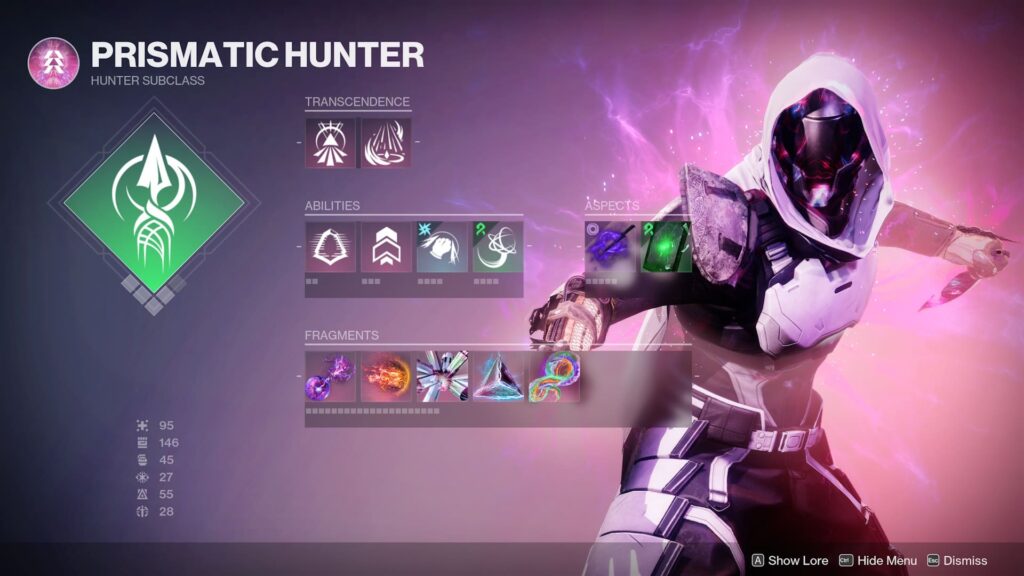
Abilities
- Subclass: Prismatic
- Super: Silkstrike
- Class Ability: Gambler’s Dodge
- Movement: Triple Jump
- Melee: Combination Blow
- Grenade: Grapple
Aspects
- Stylish Executioner: Defeating a target affected by any elemental debuff grants invisibility and Truesight. After a finisher, your next melee attack while invisible Weakens targets.
- Threaded Specter: Activating your Class Ability leaves behind a decoy that draws the attention of nearby combatants. After taking enough damage, the decoy detonates, dealing damage and releasing Threadlings that seek out nearby foes.
Fragments
- Facet of Blessing: Melee final blows start health regen. While transcendent, melee final blows start health regen for nearby allies too.
- Facet of Dawn: Powered melee hits against targets make you and nearby allies Radiant.
- Facet of Hope: While you have an elemental buff, your Class Ability regenerates more quickly.
- Facet of Protection: While surrounded, you are more resistant to incoming damage. This effect is boosted if you are Transcendent.
- Facet of Purpose: Picking up an Orb of Power grants various buffs based on the damage type of your equipped Super.
Weapons & Exotics
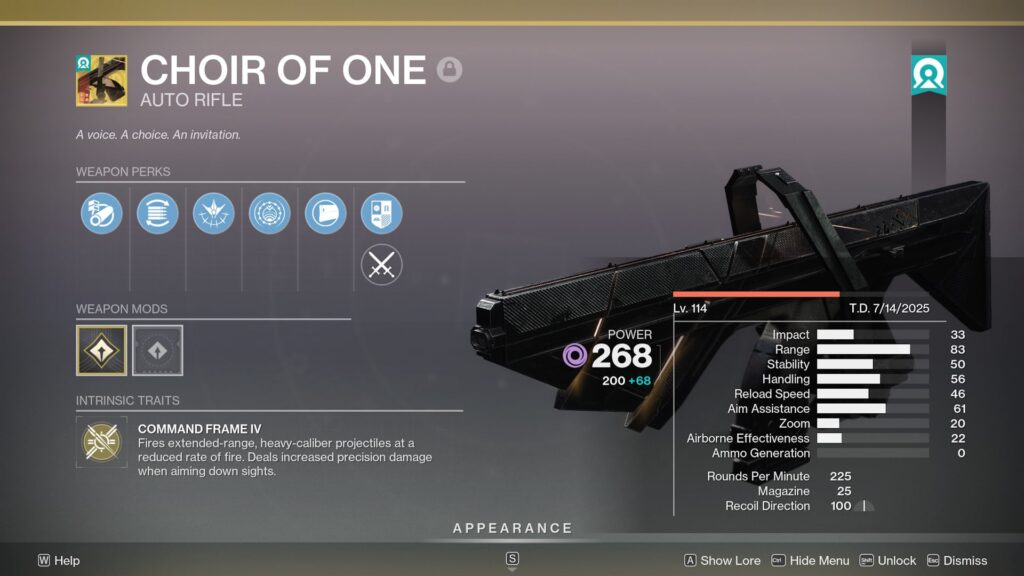
Here’s our suggestion for every weapon you should consider using with this Hunter Build:
Kinetic: The ideal Kinetic weapon is a Strand primary that has access to Swashbuckler. For example, Better Devils, Breachlight, and Qua Nilus II will all get the job done. Alternatively, any Spread Shot Hand Cannon with One-Two Punch works great to empower Liar’s Handshake.
Energy: Choir of One is one of the best Exotic weapons and an exceptional fit on this build. It provides high damage, impressive versatility, good ammo economy, and grants a reliable source of Invisibility via Stylish Executioner if you have the Destabilizing Rounds catalyst unlocked.
Heavy: Any meta Void heavy weapon will suffice, as the only priority is to make the most of element-specific armor mods like Void Siphon, Void Ammo Generation, and Void Weapon Surge. Some strong options include Commemoration, Edge Transit, Falling Guillotine, and Mistral Lift.
Best Armor Set & Stat Priority
- Armor Set: Bushido (Brawler)
- Stat Priority: Melee > Class > Grenade > Weapons > Health > Super
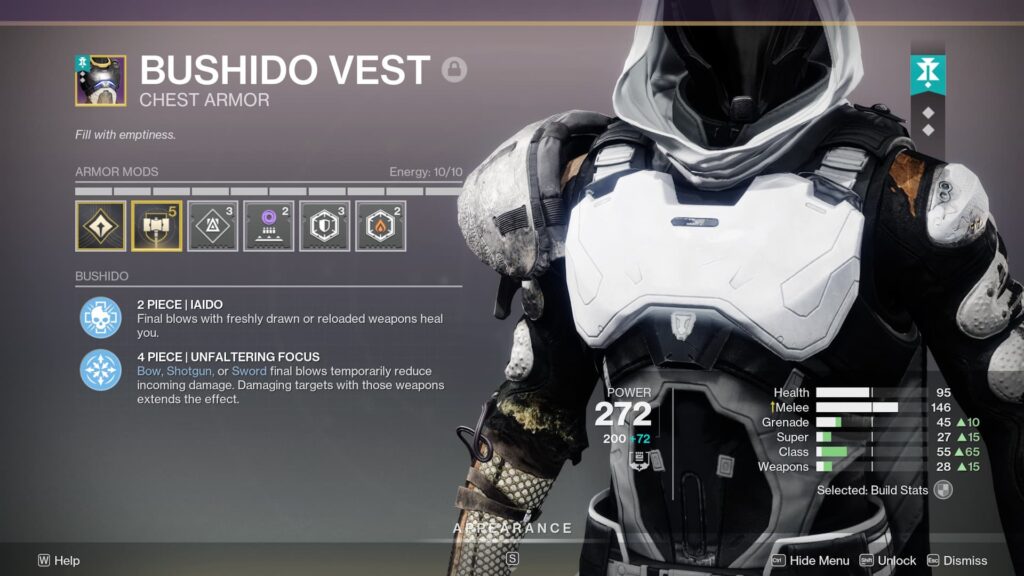
The Bushido armor set is excellent, with its Iaido set bonus healing you after any final blow with a freshly drawn or reloaded weapon. This provides an extra level of sustain that can be triggered at will, and it only requires two Bushido armor pieces.
While not as important, Unfaltering Focus can be useful too. Requiring four Bushido armor pieces, it reduces incoming damage after final blows using a Bow, Shotgun, or Sword. The main benefit of this becomes apparent when used alongside a Shotgun with One-Two Punch or with a Sword in activities like Crota’s End and Pit of Heresy.
As for stat priority, Melee is by far and away the most important stat on this build. A high melee stat shortens Combination Blow’s cooldown and increases its damage, allowing you to finish off targets and heal up with ease. For this reason, you’ll want to prioritize using armor pieces with the Brawler archetype where possible.
Otherwise, aim for a Class stat of at least 50 and then use any remaining stat points on Grenade. Having a reasonably high Class stat is essential, as it allows Focusing Strike to refresh Gambler’s Dodge’s cooldown after every final blow, which is essential to upkeep this build’s core gameplay loop.
Armor Mods
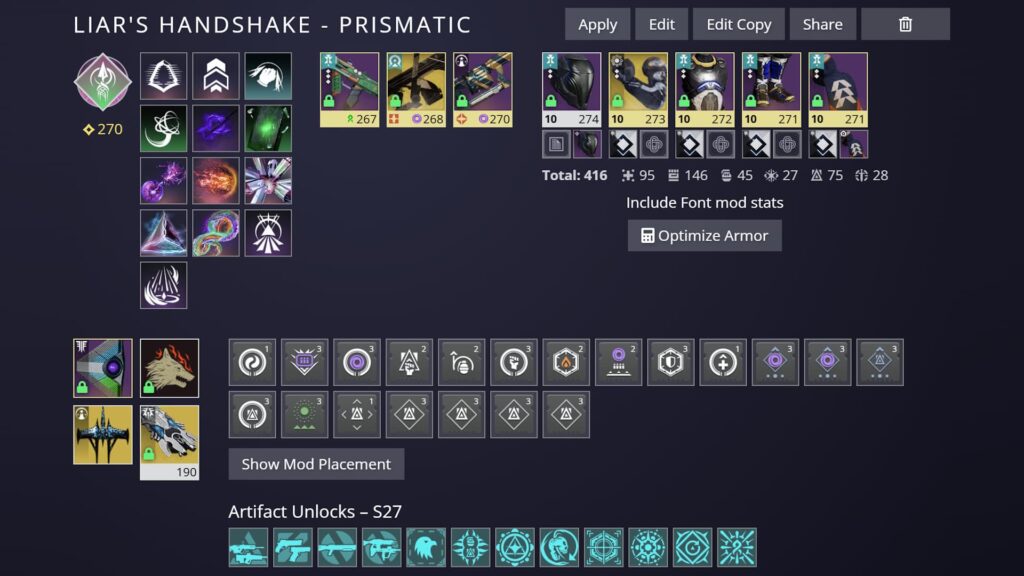
Helmet
- +10 Class Mod (3)
- Heavy Ammo Finder (3)
- Void Siphon (3)
- Harmonic Siphon (1)
Gauntlets
- +10 Class Mod (3)
- Heavy Handed (3)
- Impact Induction (2)
- Focusing Strike (2)
Chest
- +10 Class Mod (3)
- Void Ammo Generation (2)
- Concussive Dampener (3)
- Resistance Mod of choice (2)
Leg
- +10 Class Mod (3)
- Recuperation (1)
- Void Weapon Surge (3)
- Void Weapon Surge (3)
Class Item
- +5 Class Mod (1)
- Reaper (3)
- Time Dilation (3)
- Class Font (3)
Gameplay Loop

To make the most of this build, you’ll want to follow this gameplay loop, which aims to maximize survivability by making the most of the chosen Exotic, abilities, and weapons:
- Use Choir of One as a jack of all trades Exotic to clear adds and take down tankier combatants.
- When in danger, get a melee final blow to heal up and immediately activate Gambler’s Dodge to drop a decoy. This will refresh Combination Blow.
- In most situations, you’ll then want to either destroy the decoy to deal damage or retreat to safety while the enemies are distracted. Alternatively, landing another melee final blow will refresh Gambler’s Dodge, allowing you to repeat this cycle.
- As you play, collect Orbs of Power to heal up with Recuperation and become Invisible using either Choir of One or getting final blows with Grapple. Doing so grants Woven Mail, providing 45% damage reduction while active, which stacks with the 20% granted from Transcendence and the 15% from Facet of Protection.
By combining the healing benefits of Liar’s Handshake, Orbs of Power, and the Bushido armor set, you will be able to stay topped up on health. Throw in this build’s reliable source of Invisibility, Woven Mail, and the constant decoys, and you become an unkillable Guardian who can clear even the toughest content on offer.
What’s great about this build is that it is by no means reliant on the seasonal artifact. None of the available artifact mods are needed at all, although the likes of Shieldcrush, Shoulder to Shoulder, and Elemental Coalescence help make you even tankier.
Ask The Escapist
Yes. Solar Celestial Nighthawk Hunters are always going to be great when it comes to boss damage, and there are also several strong Arc builds that can provide some interesting utility.
What class you play as is very subjective. Hunters can provide a lot of damage and utility, so they are often useful in most situations, and their mobility undoubtedly makes them very fun to play.
After The Edge of Fate, the next expansion, Renegades, is expected to launch on December 2, 2025.
